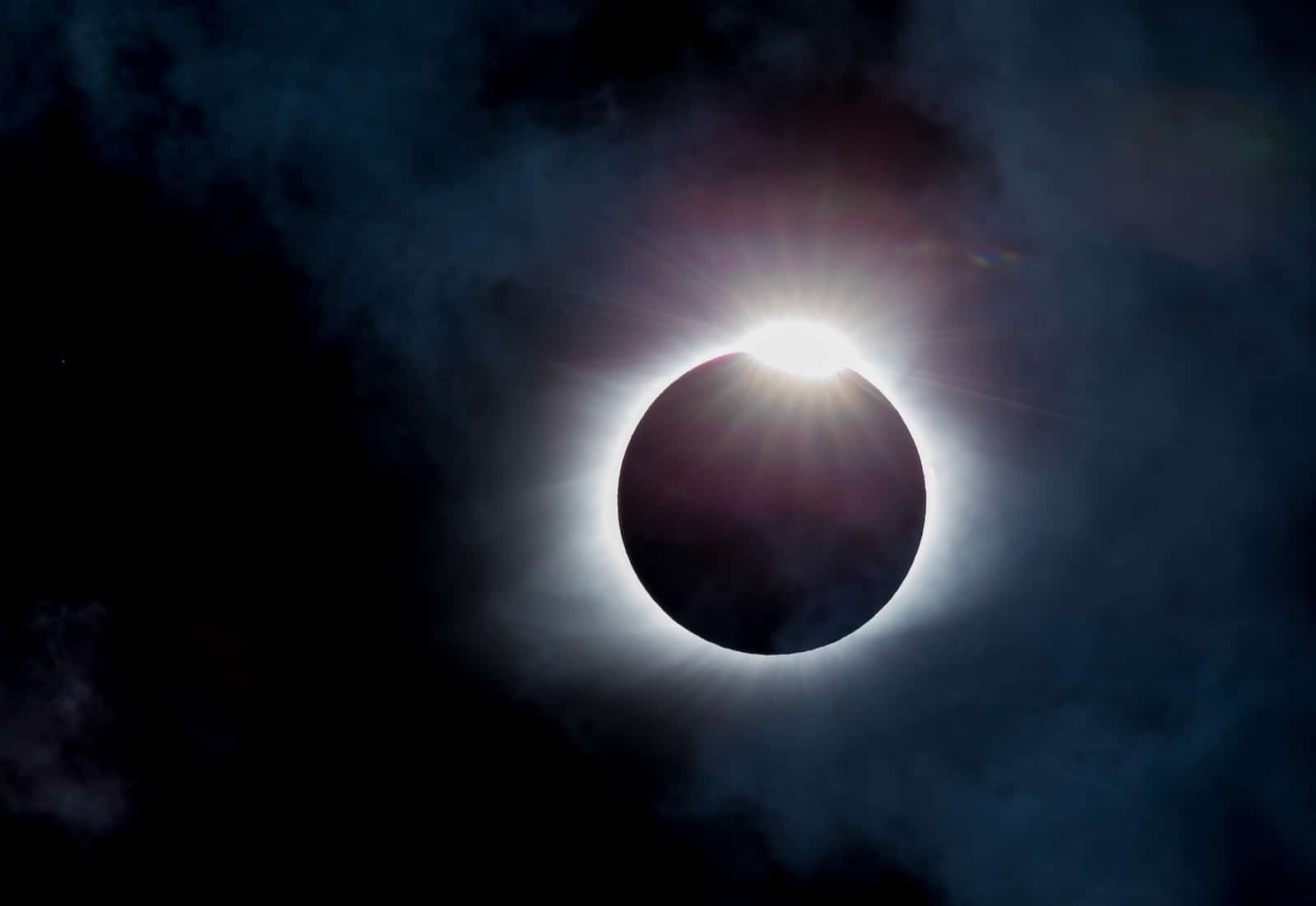"If the eclipse of the sun is complete it will be dark forever. The demons of darkness will come down. They will eat men!,” reads the The Florentine Codex, an ethnographic study of 16th-century Aztecs in Mexico, which included their interpretation of solar eclipses. In the modern age we, for the most part, have a different understanding of the sun and celestial events like yesterday’s solar eclipse, which swept across North America and the Atlantic.
The sun is no less important to us now than it was to our ancestors however, and its permenant disappearance would be no less disturbing. We may have electric lights that flicker on when darkness approaches, but the long-term plan is to run those lights on Solar Power - The Hero of the Environment. Yesterday’s “Great American Eclipse” was a symbolic reminder that our solar powered hero needs its trusty sidekick - Energy Storage.
After a drop in Solar Power, Energy Storage has the potential to quickly dispatch back-up electricity throughout an eclipse or, of course, the much longer and more frequent, night. Stationary battery systems alongside rooftop solar panels, have become popular in households across the US and around the world. Utilities have also embraced solar power and stackable energy storage, especially those on the US west coast where the eclipse will first take affect, providing an intriguing test for our new energy systems.
“Being one of nature’s most magnificent events, the solar eclipse is a reminder of the importance of sunlight in all our lives. With solar energy now having greater significance for power generation, tracking the path of the eclipse is an exciting undertaking,” said Guy Sella, chairman of SolarEdge, who live broadcast a PV solar energy map on their site during the eclipse.
Every time an eclipse takes place, technological development suggests we will be able to observe and understand it better. This eclipse was special however, for both symbolic and practical reasons. The number of scientific experiments took place during this solar eclipse may overshadow the next few eclipses, as its course of totality arced across one of the most scientifically advanced nations in the world.
The US, symbolically, is a world leader in solar energy development and adoption, but also one of the world’s great polluters.

Yesterday’s eclipse arrived on the coast of Oregon at 10:16am PT and left the US from South Carolina at 2:49 pm ET, before heading southeast towards Sierra Leone in West Africa. Within the US, the path of total eclipse was just 70 miles wide and took only an hour and 33 minutes to go from coast-to-coast. However the broader zone of partial shadow reduced solar radiation across much of the country and in any one location, be it a solar farm or a city, sunlight was reduced for up to 2 hours.
The MDA Weather Service estimated that solar generation potential was reduced to less than 50% of capacity nationwide. In California alone, the eclipse lost power from about six gigawatts of solar electricity, according to the California Independent System Operator (CAISO), the operator responsible for 80% of the state’s power. Six gigawatts is enough to power several million homes and based on 2017 figures, solar facilities, be they utility scale or rooftop PV panels, provide electricity for 4.8 million homes.
“We don't typically lose [six gigawatts] of solar energy over an hour and 20 minutes," said Deane Lyon, a real-time service shift manager at CAISO before the event. States within the eclipse’s path that are more dependent on solar power for electricity, such as California, Utah or North Carolina, made up the shortfall with a combination of other energy sources. Lyon's team, who had been preparing for over a year, were receiving electric data from the grid's generators every four seconds, in order to monitor the rapid declines in solar energy.
To make things worse, a considerable number of streetlights and other devices attached to light sensors also turned on as the shadow past over in the middle of the day, placing further strain on the grid. While short-lived, the darkness of the solar eclipse has underlined the fundamental vulnerability of Solar Power, but also highlights the benefits of energy storage and the combined strength of the solar + storage system.
[contact-form-7 id="3204" title="memoori-newsletter"]



